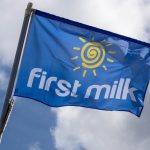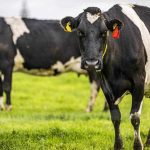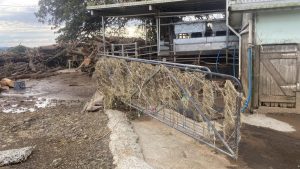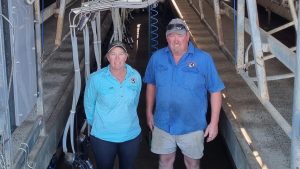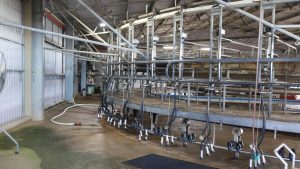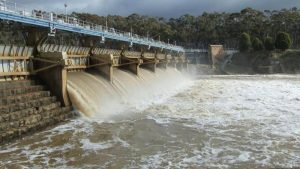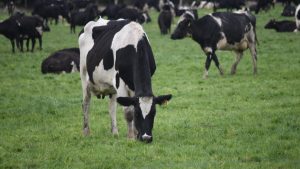
Fonterra is paying Australian farmers $1.50/ kgMS more than its New Zealand suppliers, but the co-operative’s farmer shareholders aren’t fazed.
A shrinking milk pool in Australia is forcing major processors, including Fonterra, to outbid each other and secure farmer suppliers for the new season.
Last month, Fonterra Australia announced an opening weighted average milk price for the 2023/24 season of A$8.65/kgMS. That’s NZ$9.50/kgMS. For NZ suppliers, the co-op last month opened with a margin of $7.25 to $8.25, and a mid-point of $8/ kgMS.
Federated Farmers dairy section chair Richard McIntyre says NZ dairy farmers would love to have a higher milk price, but they are aware that milk price is affected by a processor’s product mix and the market the product is sold into.
“We see this between NZ processors, but the distinction is particularly evident between NZ and Australian processors,” he told Rural News.
“Australia’s milk production is largely consumed internally, whereas the vast majority of New Zealand’s milk is exported.”
Australia’s milk pool is shrinking, causing higher domestic prices.
“It’s good to see Australian dairy farmers getting a strong milk price, especially after the eightyear supermarket price war saw their milk heavily discounted and the resulting poor returns causing many farmers to sell up,” says McIntyre.
Australia’s year-onyear national raw milk production volumes are decreasing, down to 8.5 billion litres in 2021-22, and forecast to fall slightly below 8 billion litres for the 2022-23 season. The new season, which started June 1, is expected to record another fall of up to 4%, lowering the national milk yield to 7.8 billion litres.
Fonterra’s main rivals in Australia are offering higher farmgate milk price: Bega Cheese has opened with A$8.80/kgMS and Canadian dairy giant Saputo A$9.05/kgMS.
Fonterra Farm Source group director Anne Douglas told Rural News that New Zealand and Australia are very different markets, and their milk prices are calculated in different ways.
“In New Zealand, the farmgate milk price is particularly influenced by GDT prices,” she explained. “Around 95% of New Zealand’s milk is exported and our product mix is different. For example, whole milk powder and skim milk powder are key drivers of our New Zealand milk price.”
Australia is predominantly a domestic market, with around 75% of Australia’s production sold locally, while their product mix is more weighted to consumer products like cheese and butter.
“This bias means that there is often a lag or disconnect between global commodity values and local farmgate milk prices in Australia,” Douglas says.
Key drivers for the current Australian farmgate milk price include Fonterra Australia’s ability to capture strong commodity prices for its cheese contracts in the first half of the year, while demand for its domestic brands and products remains strong.
“The role of our Australian business is to pay a competitive milk price and return a dividend back to New Zealand,” says Douglas.
On whether Fonterra has faced a backlash from NZ farmers, Douglas says “our farmer facing teams are well briefed about this and continue to keep farmers informed”.

